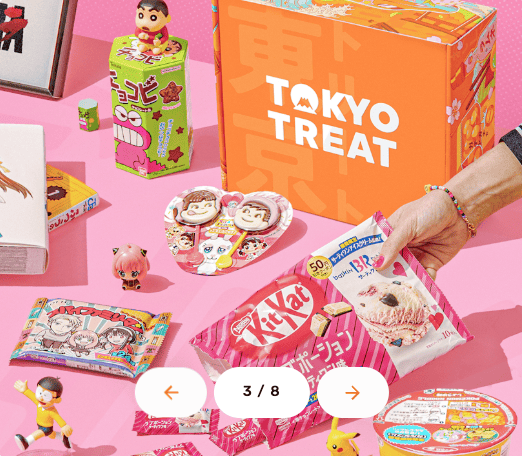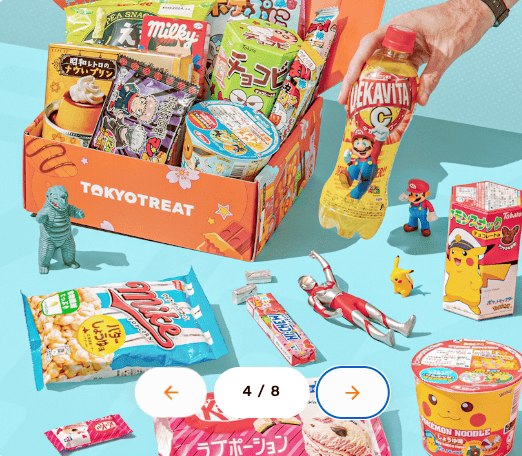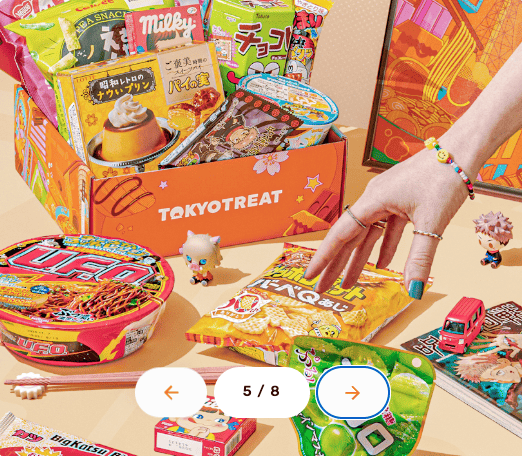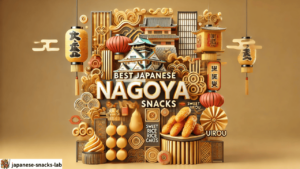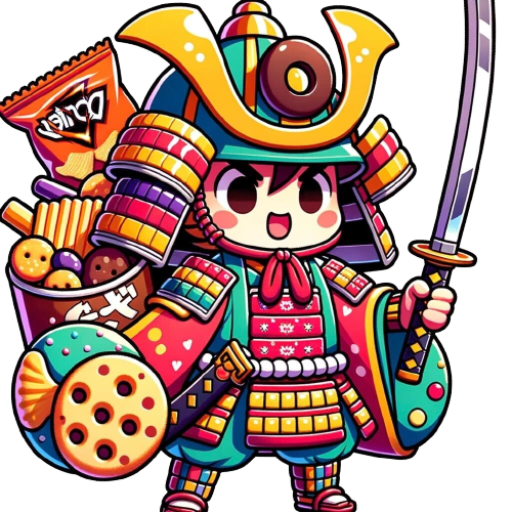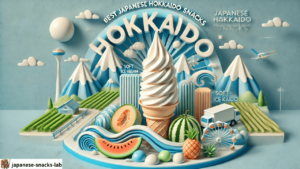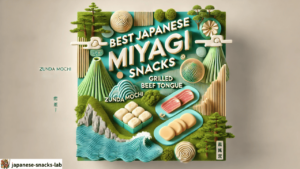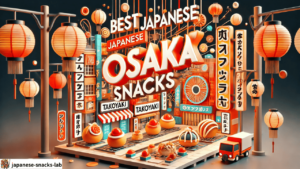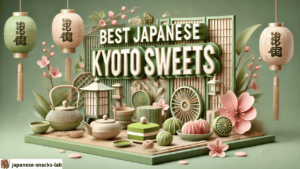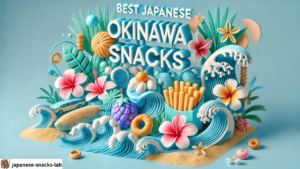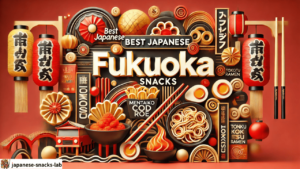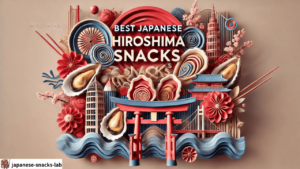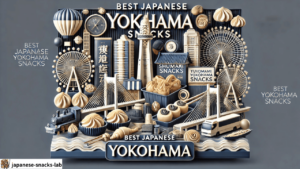「Tokyo Treat」
| Cheap sweets | |
| Traditional sweets | |
| Seasonal Events | |
| Character snacks | |
| Dagashi | |
| Allergy Description | |
| Vegetarian Instructions | |
| Official Site | Check |
| Price per month | total cost | |
|---|---|---|
| 12 months | $32.5/mo | $390 |
| 6 months | $33.5/mo | $201 |
| 3 months | $35.5/mo | $106.5 |
| 1 month | $37.5/mo | $37.5 |
Check out this article analyzing Japanese snack boxes!
Dumpling


Dumplings are a typical Japanese confectionery made by adding water or hot water to grain flour, rounding it, and steaming or boiling it. The dumplings themselves have a simple, gentle sweet taste, so they are often covered with soybean flour or flavored with soy sauce or bean paste. In Japan, “Jugoya” is celebrated from late September to early October, which falls on the 15th day of the 8th month of the lunar calendar. It is said that this is the most beautiful day of the month in Japan. On this day, there is a custom called “tsukimi,” or moon-watching, in which people watch the moon while eating something that looks like the moon. Tsukimi dango,” a pyramid of dumplings, is the standard sweet for moon-watching.
Check out similar products!
Mochi


Mochi is a food product made by processing glutinous rice, which is characterized by its unique softness and stickiness. To make mochi, glutinous rice is first polished, soaked in water, drained, wrapped in a steaming cloth, and steamed in a steamer basket. Next, the steamed glutinous rice is pounded with a pestle and mortar until the rice grains lose their shape, and then shaped into round or square shapes that are easy to eat. The mochi itself tastes sweet and simple, so it is eaten with red bean paste, soybean flour, soy sauce, or seaweed. Because of the ancient belief in rice cultivation in Japan, rice cakes are still an indispensable good-luck food for New Year’s Day and other occasions of festivities.
Check out similar products!
Daifuku


Daifuku is a type of Japanese confectionery consisting of a rice cake filled with red bean paste. The basic taste of Daifuku is a finely textured rice cake filled with an equal or greater amount of sweet red bean paste made from azuki beans. However, in addition to the standard Daifuku, there are many other variations, such as one in which beans or mugwort are added to the mochi, or strawberry or custard cream is added in place of the red bean paste. Daifuku is a Japanese confectionery that continues to evolve and is highly popular among a wide range of generations, with various arrangements made to suit each generation.
Check out similar products!
Manju


Manju is a confectionery made by kneading wheat or rice flour, wrapping a filling such as azuki bean paste in the skin, and steaming it. There are many varieties of manju in various regions, and manju is especially popular as a snack or souvenir at tourist spots such as hot spring resorts. In Japan, “Jugo Yoru” is from late September to early October, which falls on the 15th day of the 8th month of the lunar calendar. In Japan, this period is considered to be the day when the moon is most beautiful. Therefore, there is a custom called “tsukimi” to watch the moon while eating something that looks like the moon on the night of the 15th. At tsukimi, foods with a picture of a rabbit or yellow food resembling a full moon are eaten.
Check out similar products!
Check out similar products!
Japanese sweets/Best snacks to eat with tea/Authentic japanese snacks/




